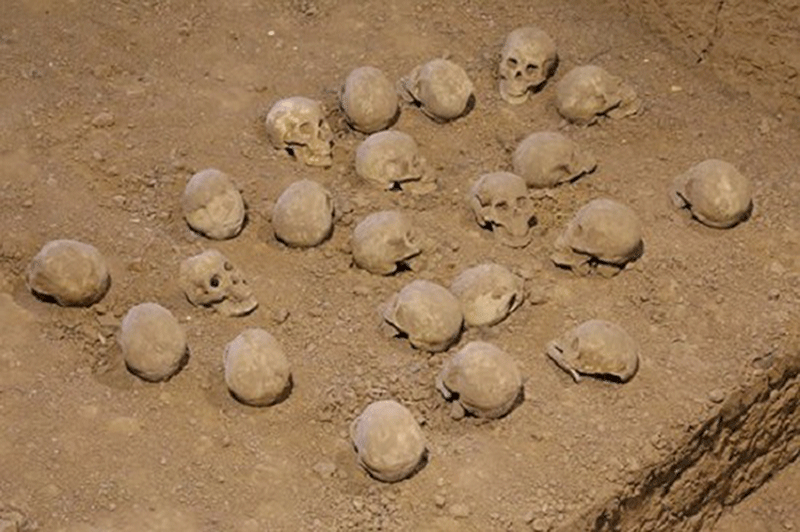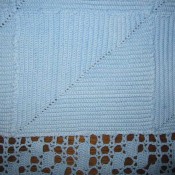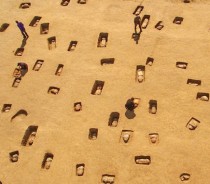Excavations in central China have yielded evidence of early craniotomy more than 3,000 years ago, shedding light on medical treatments at the time.
The skulls were discovered in Yinxu, an archaeological site at Henan Province which is also called the Ruins of Yin. One is from a boy and the other from a male adult, both indicating some medical procedure had taken place. The boy must have been 10 years old, and its skull bears a circular perforation of approximately 1cm wide on the top of his head. The way the perforation had been made indicates artificial drilling had taken place, allowing the cranium to grow later, evidence of the surgery’s success. The adult’s skull bears a perforation on the fontanelle, 8mm wide on the inside and 19m wide on the outside.
Yue Hongbin, researcher with the Institute of Archaeology under the Chinese Academy of Social Sciences (CASS) stated that this was an impressive medical achievement considering it took place more than 3,000 years ago.
Treatment of diseases with various means, including drugs, surgeries, acupuncture and massages was quite common during the Shang Dynasty (c. 1600BC-1046BC). Medicine, surgery, orhtopedics and neurology were also used for treatment of diseases and conditions, according to Song Zhenhao from CASS.
Other evidence of medical treatments were plant leaves found in one of the tombs, some identified as a herb used in traditional Chinese medicine used to clear heat and toxic materials as well as a snake venom remedy. Another piece of evidence was an injured left femur uncovered in a skeleton which was covered with pepper, leaving it impressively well preserved. Pepper was known among the ancient Chinese to relieve pain, stop bleeding and promote granulation and anticorrosion.
The discovery of medical tools at the ruins also indicates various treatments took place. Four bone needles have been found inside a bone, measuring between 11.7 and 13.3cm. As they were sharp at both ends and did not bear pinholes they were probably for medical use rather than sewing. Jade knives found at the site were blunt, which indicates they were perhaps used for massages.
Excavations at the Ruins of Yin started officially in 1928. The site was the last capital of the Shang Dynasty and today is the location of the city of Anyang. The year of the discovery coincides with the 90th anniversary of the excavation.





